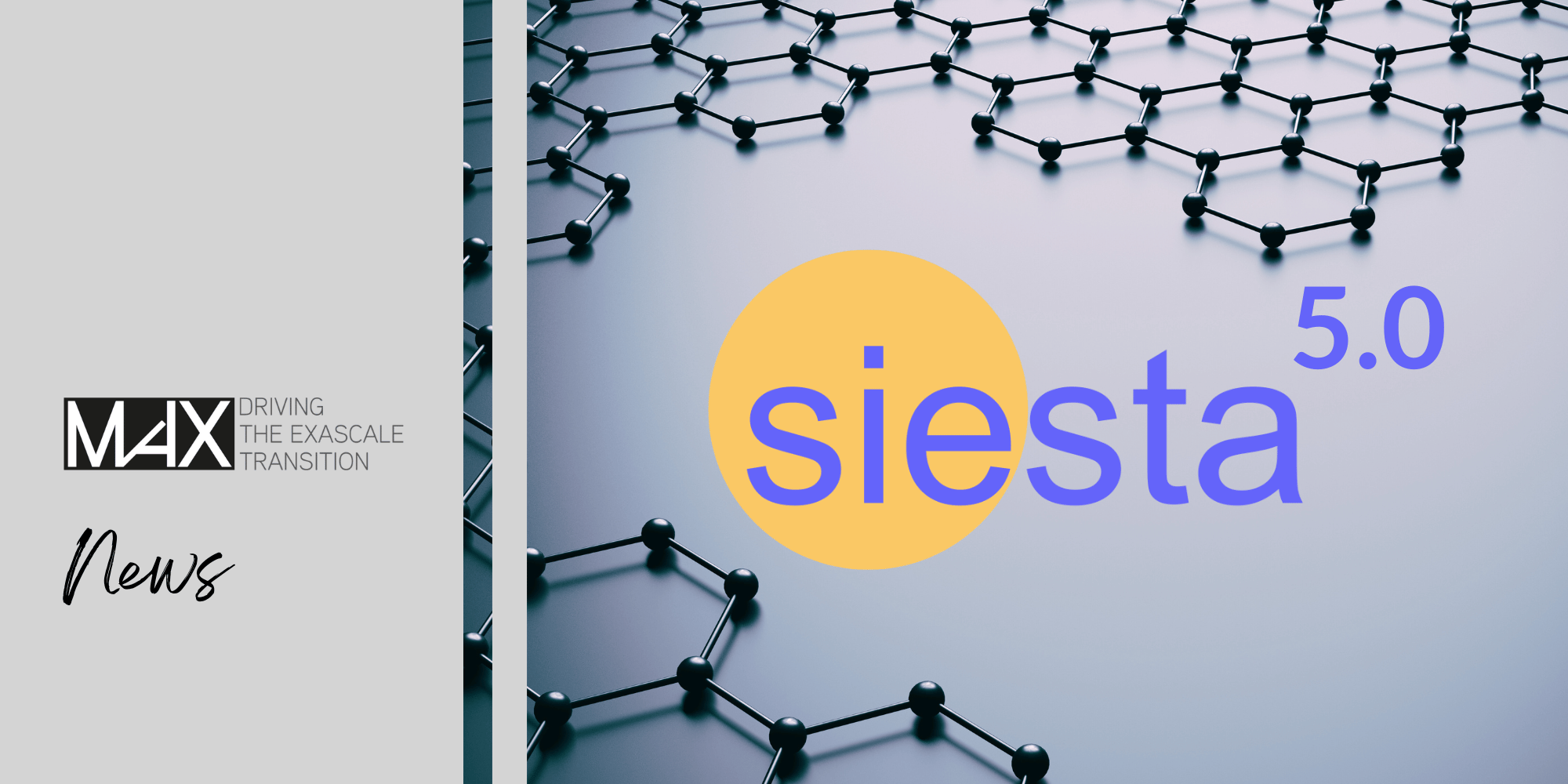New implementation for GW self-energy evaluation
Researchers combine MPA and W-av methods into an integrated approach, leading to an improvement both in terms of accuracy and speed-up of the GW self-energy evaluation.

The GW self-energy may become computationally challenging to evaluate because of frequency and momentum convolutions. These difficulties were recently addressed by the development of the multipole approximation (MPA) and the W-av methods: MPA accurately approximates full-frequency response functions using a small number of poles, while W-av improves the convergence with respect to the k-point sampling in 2D materials.
In this study, researchers combine the MPA and the W-av methods into an integrated approach, leading to an improvement both in terms of accuracy and speed-up of the calculation.
Developed in YAMBO, one of the MaX lighthouse codes, the novel approach for GW self-energy evaluation has been applied to free-standing graphene, a paradigmatic case. The findings show an excellent agreement between the calculated quasiparticle band structure and experimental data obtained from angle-resolved photoemission spectroscopy.
About YAMBO
YAMBO is an open-source code released within the GPL licence implementing first-principles methods based on Green’s function theory to describe excited-state properties of realistic materials.These methods include the GW approximation, the Bethe-Salpeter equation (BSE), electron-phonon interaction and non-equilibrium Green’s function theory (NEGF).
Reference article:
Efficient GW calculations via interpolation of the screened interaction in momentum and frequency space: The case of graphene.



